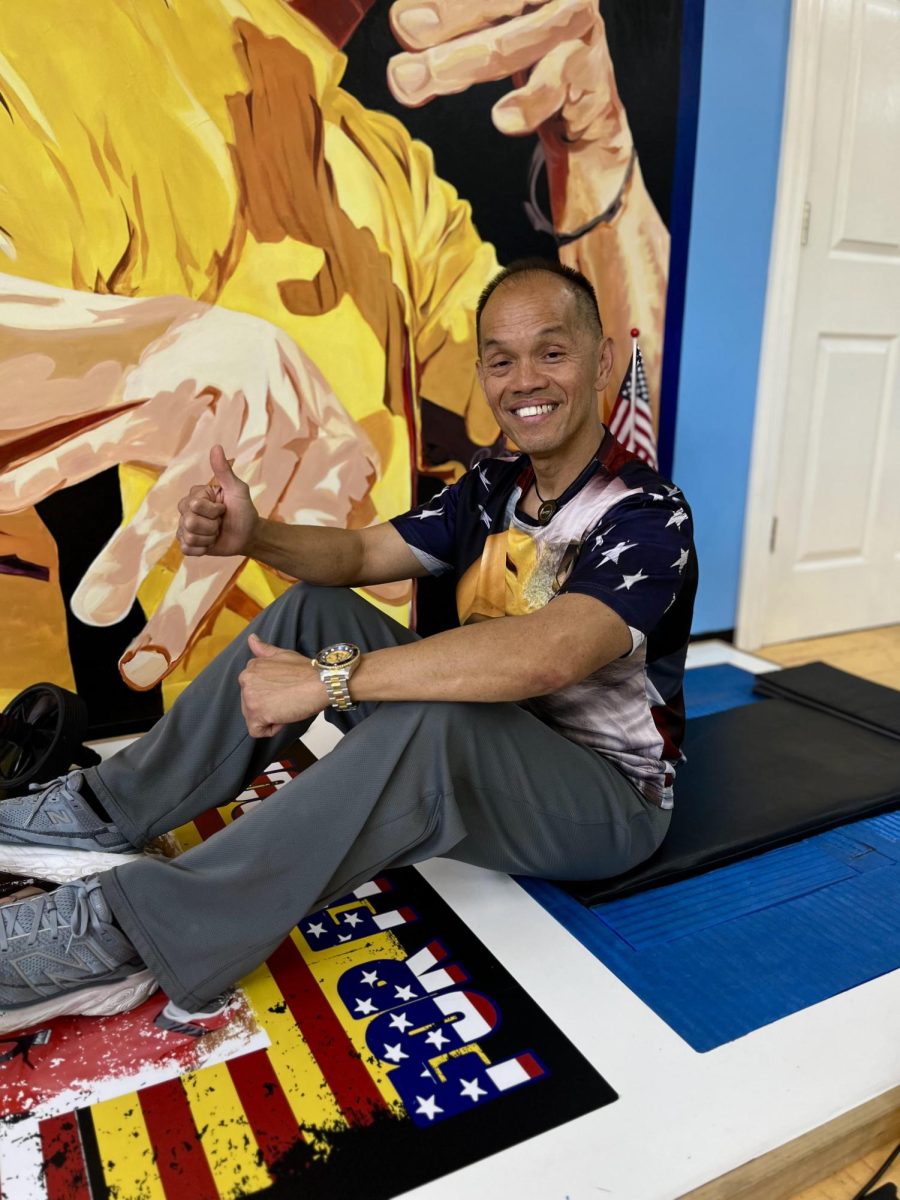By Dasha Tuck, Staff writer
Technology has become engrained into the daily lives of most millennials so much some say it is affecting the way students learn therefore professors are using videos as teaching supplements.
“It is rewiring our brains in all sorts of different ways and I just don’t think many millennials can sit through straight up lectures anymore,” said Sean McLaughlin, adjunct professor in the History Department.
From the Podium
Professors all across campus are using video to supplement their courses.
McLaughlin said instructors who learned under the “old system” are being forced to adapt to a new way of reaching students.
He said when he has a large lecture class, he enjoys using a couple minutes of video to help break up the lecture.
Having the students hear from an expert in a video, McLaughlin said, can be beneficial to the learning process. He also said a video gives a professor time to catch their breath and reorganize.
Students in the biology department have noticed an increase of videos in lectures also.
Professor Alycia Lackey, postdoctoral research associate and instructor in Biological Sciences, said videos help her students understand the topic she covers on local, regional and global levels.
“Videos provide insights into issues we cover with examples from all around the world,” she said.
Professors who teach on the graduate level are experiencing this shift as well.
Jennifer Morrison, assistant professor in the Department of Political Science and Sociology, said she employs videos in her courses.
“I teach 400/600 level public administration courses and sometimes the theories can be difficult to understand,” Morrison said. “I also use videos to lighten the mood or wake up the class.”
Although videos and full-length documentaries can be useful teaching aids, there is a limit.
“In class or online, video should be a vehicle for discussion rather than a time-filler,” Mclaughlin said. “I do think it’s usually easier for most students to talk about something they’ve just seen rather than read.”
From the Student’s Perspective
Students admit sitting in a lecture for an hour and a half can be difficult.
Senior Emily Boyd, from Mayfield, Kentucky, said she is happy her professors use videos to help break up lectures.
“Having a video that explains the concepts we are learning is so great because it breaks up the monotony of a professor reading from a book or a PowerPoint,” she said.
But she agreed there should be a limit to video uses in class.
Rachel Darnell, senior from Paducah, Kentucky, said she has taken course in the criminal justice department where professors completely relied on documentaries. She said that made exams extremely difficult.
McLaughlin, Lackey and Morrison all said they have never had a student complain to them about excessive video use in class.
McLaughlin said there is only so much reading undergraduates can handle in a week so using video as a visual aid makes all the difference. Teaching using videos, documentaries and other technology is new professors so they are having to learn as they go.
“Bear with us; this is something you don’t exactly learn in graduate school and we have to figure it out on our own through trial and error,” McLaughlin said.


























































































